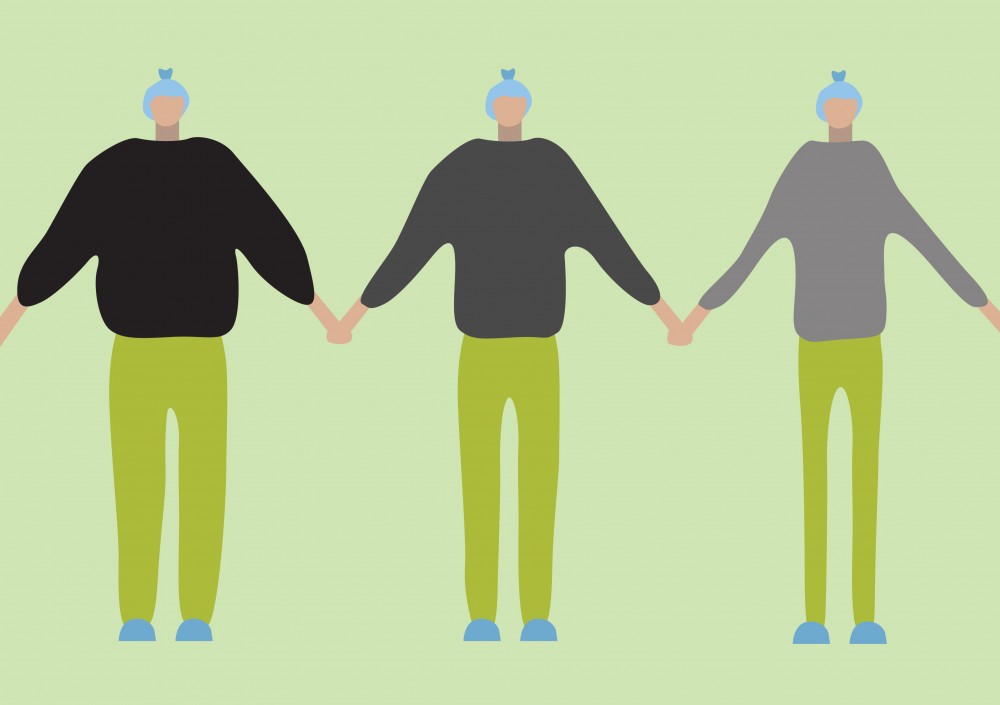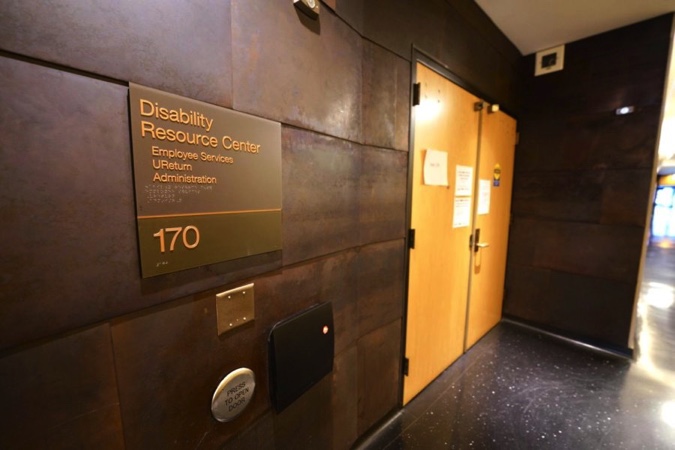A University of Minnesota follow-up study to starvation research during World War II is informing eating disorder treatment in the Twin Cities.
In 1944, 36 conscientious war objectors volunteered to be starved as part of the Minnesota Starvation Experiment, helping researchers find ways to revive starvation victims overseas.
More than 70 years later, University researchers finally published a follow-up to the study in March. The findings are being used to inform eating disorder treatment in the Twin Cities, which some say shows patients that recovery is possible.

Original study leaves room for additional research
The 1944-1945 Keys study, lead by University of Minnesota nutritionist Ancel Keys, partially starved 36 men for six months, looking to determine the safest way to nourish victims after they had been starved in World War II concentration and prisoner of war camps.
Though the research soon became a cornerstone in the eating disorder field, its findings focused on the effects of starvation and re-feeding, rather than the organic recovery process.
“[The Keys study] didn’t focus on the eating and weight issues and how long it takes to recover [from starvation],” said Elke Eckert, a former University psychiatry professor who lead the follow-up research to the Keys study. “We really are the only study that did that.”
Eckert said the follow-up started when she stumbled upon a video of one of the original Keys subjects reflecting on his starvation during the study.
The participant in the video reported physical and psychological effects similar to those caused by eating disorders — his comments supported widely-held but unproven theories about recovery, Eckert said.
“I thought, ‘Oh my god, if there’s this one [subject] that’s saying this, we should try to get ahold of these men to see if this is common,’” Eckert said.
Along with Stanford professor of psychiatry Regina Casper, University of Minnesota psychology professor Irving Gottesman and then-psychology fellow Susan Swigart, Eckert did just that.
This March, Eckert and her colleagues brought the findings of their 2002 follow-up study to the public, publishing “A 57-Year Follow-Up Investigation and Review of the Minnesota Study on Human Starvation and its Relevance to Eating Disorders” in the scientific journal Archives of Psychology.

Follow-up study identifies long-term effects of starvation
In order to explore the effects of starvation and their relevance to eating disorder-caused starvation, researchers tracked down the surviving Keys participants for the follow-up study.
Eighteen participants in the follow-up — most of whom were in their late 70s and early 80s — agreed to share their experiences about the effects of starvation.
“We were trying to make the point that one of the reasons it’s so hard to get over eating disorders is because there’s something that goes on psychologically and physically [during starvation],” Eckert said.
In 1 1/2-hour long phone interviews, researchers asked the men about changes in their energy levels, eating habits, mental health and other behaviors during and after the experiment.
Participants grappled with fluctuating weight and eating habits between six months and five years after the 1944 experiment, much longer than predicted, according to the study. Eckert said this mirrored the long recovery periods of people with eating disorders.
The starvation also triggered abnormal behavioral and psychological changes, the study found.
For example, many of the men developed neuroses like smoking or hoarding, eight of the 19 became depressed during the experiment and six began binge eating afterwards, according to the study.
The men did differ from people living with eating disorders in some ways. While those with eating disorders stay active during starvation, the Keys patients became lethargic.
The men also didn’t enter the 1944 study with body-image problems — for many people with eating disorders, body image problems drive starvation.
Informing treatment
Findings from the studies, which identified long term-effects of starvation, are now informing rehabilitation for those struggling with eating disorders.
The original Keys study is widely used among eating disorder recovery centers, and Twin Cities centers The Emily Program and Melrose Center both rely heavily on the findings.
The Keys study is particularly helpful in “[showing] patients the effects of starvation and why it’s important to get re-fed and to get your weight restored,” said Heather Gallivan, clinical director of the Melrose Center.
The Emily Program has used the Keys study as an educational tool since it opened in 1993, said Jillian Lampert, chief strategy officer for The Emily Program.
One of the takeaways from the follow-up is that recovery was hard even though the men were highly intelligent, Lampert said.
“[That] helps to diminish any shame or guilt [patients] have,” Lampert said. “It’s so freeing learning that this thing you have a really hard time doing [recovery], you should be having a hard time doing it.”
Swigart, who is now a psychiatrist at the recovery center, said the high quality of life that Keys subjects reported following recovery also helps motivate patients.
Patients are often overwhelmed because they have other troubles in addition to their eating disorder, like difficulty concentrating or depression.
Showing patients that these problems are likely caused by their eating disorder can make recovery seem less daunting, Swigart said.
“I think sometimes when people are in the midst of an eating disorder, they don’t have the perspective to see … how they could be,” Swigart said. “Showing them … that this is what happens to people when they’re starving is really helpful.”
Swigart said when eating-disorder patients are discouraged by slow progress, she reminds them of the Keys subjects’ own difficult recovery.
“It’s helpful to show [current patients] that part of this is just biologic,” she said. “It helps them hang in there … and [helps doctors] not be too disappointed when people don’t recover right away.”
Natalie Truitt, a 19-year-old currently in treatment with The Emily Program and a member of eating disorder support group The Joy Project, said this kind of anecdotal information is key.
“For me, it’s helpful hearing from other people who have eating disorders,” Truitt said. “People talking about their experiences — how they’ve been able to recover.”

Changing research, changing recovery
The 57-year follow-up study is part of a shift in how researchers approach eating disorders.
“Part of the problem is that there’s a strong contingent in the eating disorder community … that labels people with eating disorders as having flawed brains … that they can’t advocate for themselves … that they can’t have insight into the condition,” said Joy Nollenberg, executive director of The Joy Project.
Using more qualitative research, like the Follow-Up that focuses on experiences of those living with eating disorders, could give researchers a long-ignored perspective that is more applicable to treatment, Joy said.
“Education is a really good place to start because the more we know about what’s happening within ourselves the more we know what to prepare for,” Truitt said. “[It] also defeats stigma — you need to defeat stigma in order to recover.”






















